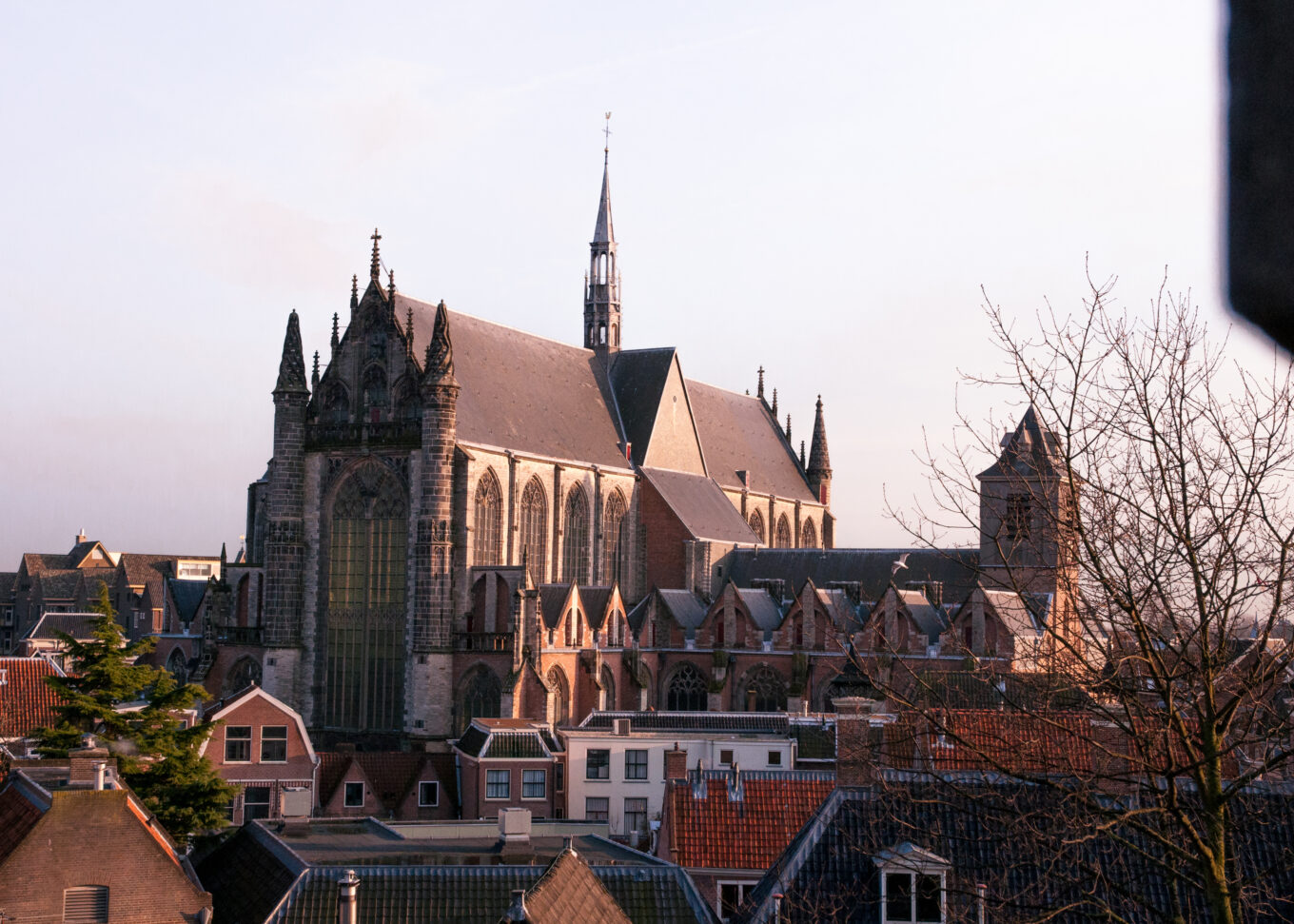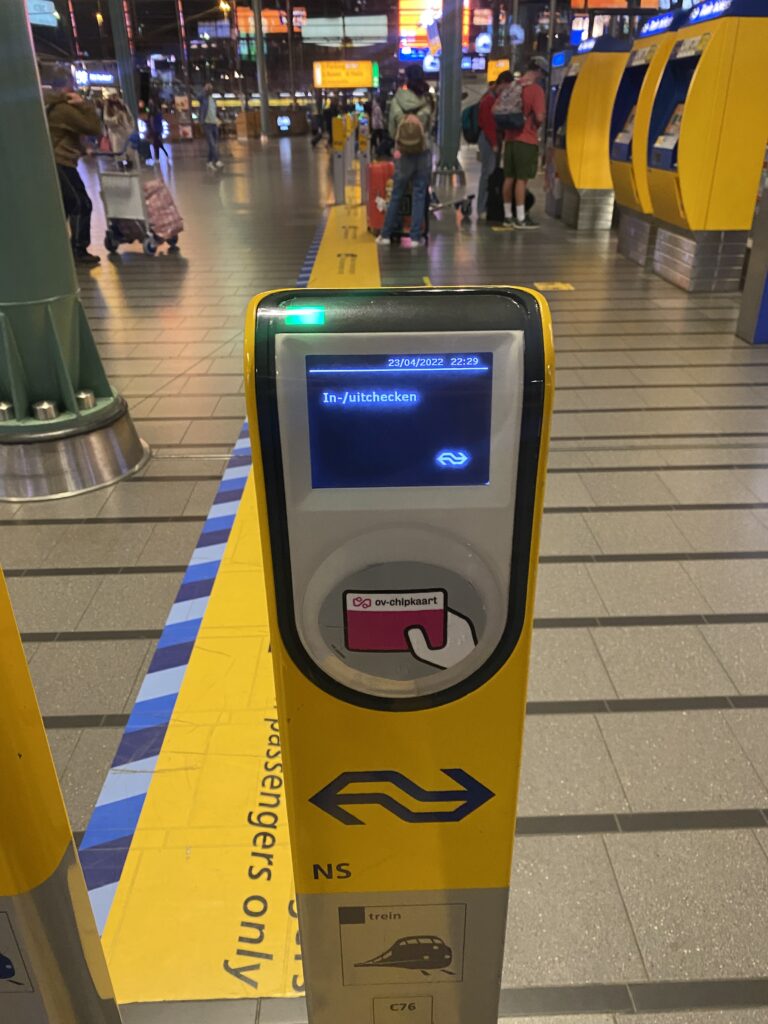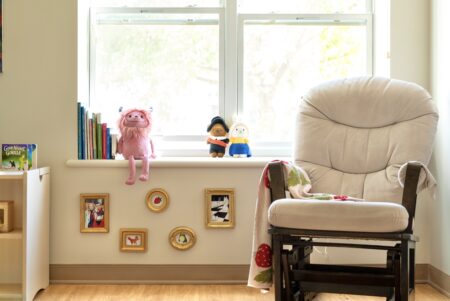So, you’re planning a trip to the Netherlands! I’m sure you’ve got a list of the things you want to see: maybe the Keukenhof flower gardens, the Van Gogh Museum, or the Anne Frank Huis. But for every major highlight, there are the little details that fall in between that are harder to prepare for. Things like how to access public transport, dealing with a different tipping culture, and locating the right store to buy a last-minute essential.
I was raised by Dutch parents in the States and moved back to the Netherlands alone at the age of 23. Being both culturally Dutch and having had the experience of navigating this society after a life in the US, I think I’m uniquely qualified to fill you in on the little details that you may otherwise miss. Let’s dive in to my top practical tips for your trip to the Netherlands!
Practical Tips for Traveling in the Netherlands
Public transport
Public transport is extensive and reliable in the Netherlands. It will probably help you to buy a public transport card (OV chipkaart) that you can add money to — having this card this will save you one euro per train ticket. The cards work for busses, trams, and trains. You can buy these at any train station at the customer service desk. I also have two you can borrow if you are staying with us. The cost of a new card is €7.50.
You charge the card in advance with a balance you can then use on all modes of transport. It’s possible to refill the amount at the blue-and-yellow kiosks outside the train station.
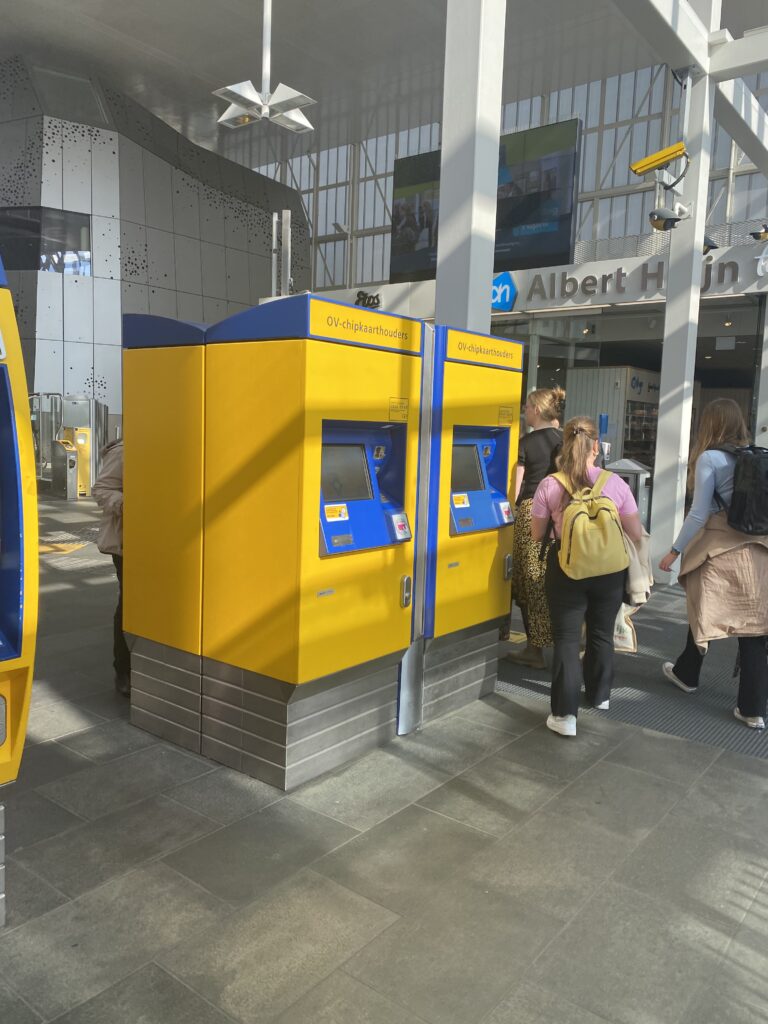
You can use the reusable cards by scanning them when you get into a bus or tram. At a train station, you will either see turnstiles where you can scan the card for entry and exit, or poles with a scanner at the top where you can check in or out.
You need to check in and out for all modes of transport. The fee of the trip will be automatically deducted from the balance you put on the card.
Children younger than 3 travel free without an OV chipkaart. Children aged 4-11 also travel free but need to have a chipkaart.
I recommend downloading the NS app before your trip to plan your journeys. Google Maps is very accurate for journeys across multiple modes of transport but will be later to update if there are delays on trains.
Trains have two classes, first and second. You can see which class a cabin is from the outside of the train, where the numbers are written. Inside, first class is red and second class is blue. If you sit in first class but bought a second class ticket, you will be fined.
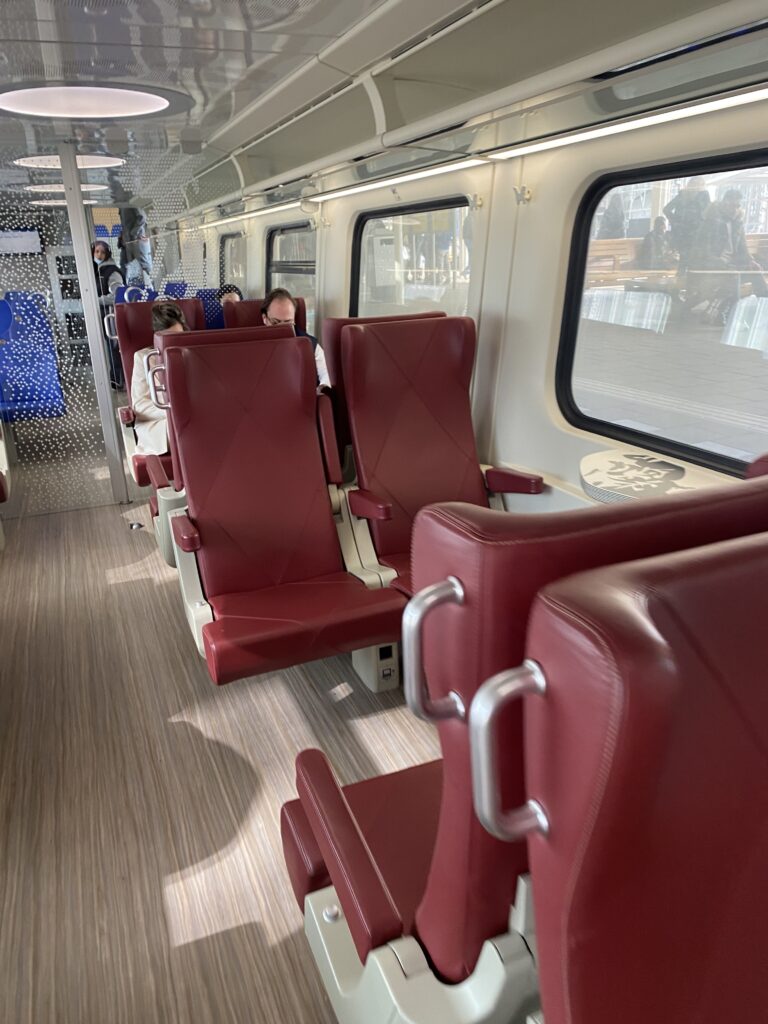
If a conductor comes by to check your ticket, hand her your chipkaart. She can scan it to see if you checked in.
Walkability and bike culture
The Netherlands is well-known for being very walkable and bike-friendly. You can rent bikes in big cities and at certain tourist attractions like the Keukenhof.
As a pedestrian you may be overwhelmed by how many bikes there are, especially when crossing bike lanes or streets. Technically when it comes to crosswalks you have the right of way as a pedestrian, but some bikers will not care and will bike around you (not dangerous but stressful for tourists). My advice is to make eye contact with the biker and cross the street with confidence, maybe giving a little wave to indicate you plan to cross. Do not panic and stop walking as you cross the street. The bikers will yield for you if you are crossing, or will bike around you.
Rideshares
Speaking as someone who lives in a smaller city, we don’t widely use Uber and Lyft here. You can download the app but there’s very few drivers outside of larger cities, and they don’t work around the clock. Your experience may vary in more tourist-centered cities. In general, rely on public transport or order a taxi in advance.
Tipping
It is not expected to tip at a restaurant, but becoming more typical over time. Tipping 10% is sufficient for a nice dinner; for a lunch or coffee, one or two euros is fine. You do not need to tip a hairdresser or nail stylist, or for a taxi. It’s very nice if you do but not necessary or expected.
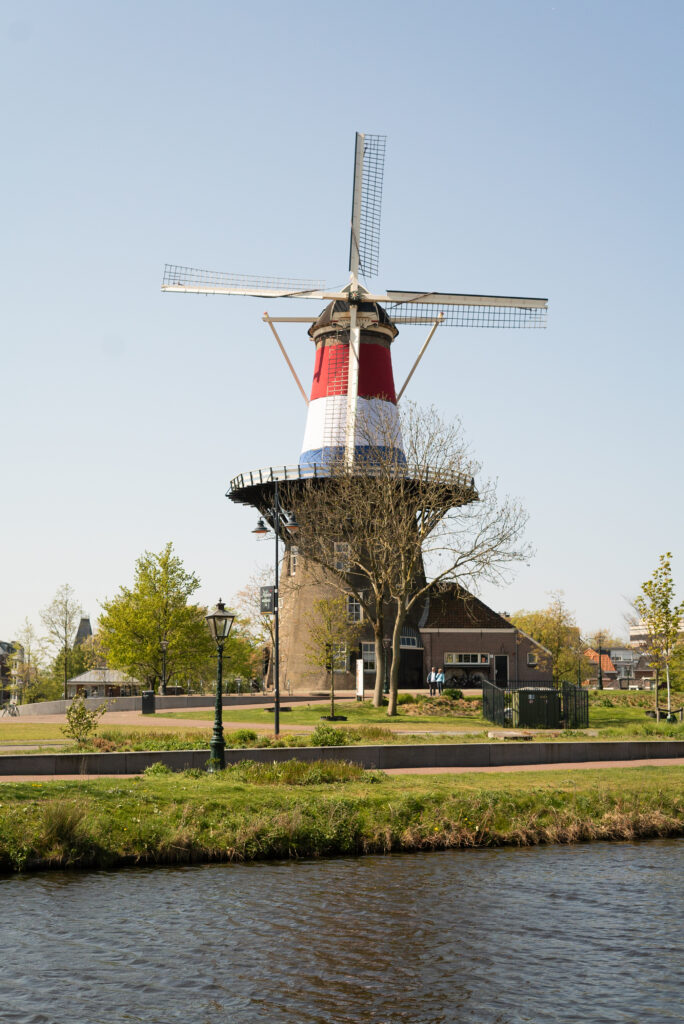
Dining norms
You will need to ask for water at the table if you want it; waiters don’t give water without asking here. If you want bread to start off the dinner, that is typically a paid menu item you will need to order. When you order the waiter may ask if you want “Spa Red or Spa Blue”. These are brands of bottled water; blue is still and red is sparkling. You can ask for tap water if you prefer.
Unlike in the US, waiters will not typically offer you the bill unprompted. You will need to ask the waiter for the bill. If you are eating our in Amsterdam, your experience may lean closer to American norms because they are more likely to cater to tourists.
Paying at a restaurant
Waiters here will not (and cannot) take your card from you when you want to pay. They will bring you a payment machine and tell you the full amount. If you want to tip, tell them “please make it X,” or “please add X euro” before paying, and they will update the amount. If you forget this you can leave cash at the table as a tip.
Floors
This is a small note, but I see people get confused! In the Netherlands, the ground floor is 0, and the first floor will be one flight of stairs up. In elevators, B is for “begane grond” or ground floor.
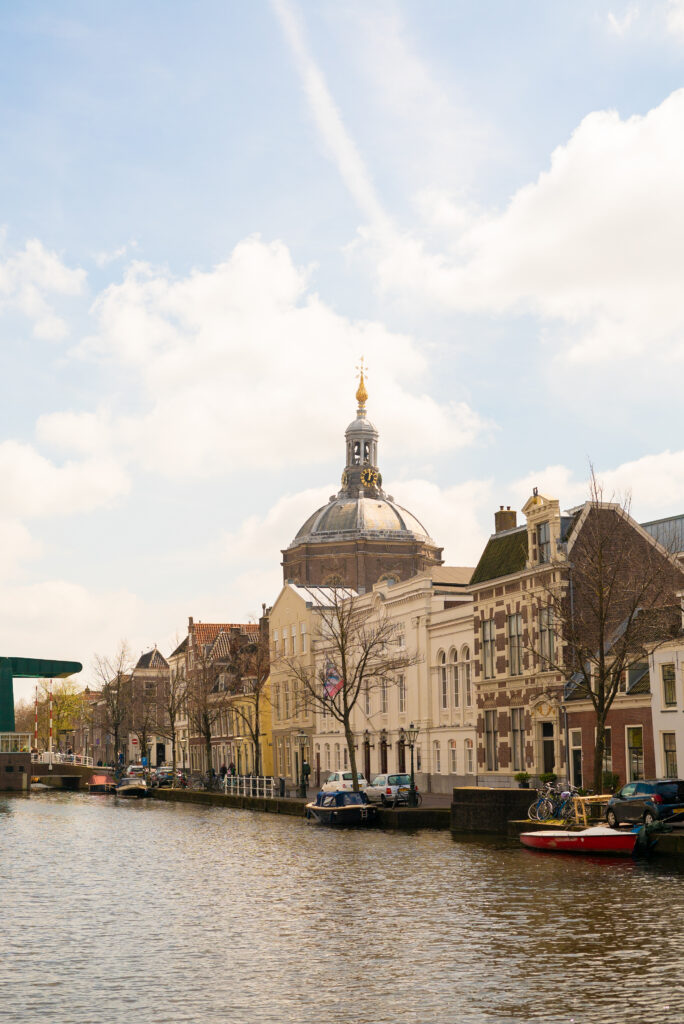
Bathrooms
WC means bathroom. There are often toilets on trains, and these are typically large enough for a stroller or wheelchair, but they are not always clean. I recommend avoiding them unless you absolutely can’t.
Bathrooms at cafes and restaurants are typically for paying customers. In a pinch, most Bagels and Beans cafes will let you use the restroom even if you are not a customer.
You will often find bathrooms at train stations or large stores and throughout the city. In almost all cases you will need to pay between 50 cents and a euro for access; this is because there is a cleaner working there who cleans these toilets multiple times per day. If you see a person sitting outside the bathroom with a dish, you pay with coins (and the amount is often indicated on a sign above the dish. Otherwise, it’s like a tip, and you can choose the amount). If you see a turnstile, you can pay by coins or card. In these cases, the amount you pay to use the bathroom is sometimes returned to you in the form of a voucher that you can use at a food kiosk.
Stores and ATMs
You can buy painkillers, band aids, and period products at Etos, Kruidvat, and Trekpleister. Albert Heijn and Jumbo are the main grocery stores. ATMs look like this:

Fun things to know
Most cities have a symbol
Most Dutch cities have a symbol that you’ll see come up again and again throughout the city, on everything from store logos to municipal grates. These symbols are typically taken from the city’s coat of arms. Leiden’s symbol is two crossed keys; Utrecht’s is a shield with a diagonal cut through, making one side white and one red; Amsterdam’s is three X’s; Den Haag’s is a stork; Maastricht’s is a star.
Each province has a flag
The Netherlands has twelve provinces, each of which has its own flag. If you go to Den Haag and see the seat of government, you’ll see 13 flags outside the Binnenhof; these are the flags of each provinces, and the city flag of Den Haag. Friesland’s flag is inarguably the cutest.
Backpacks on flagpoles
If you’re traveling in May or June, you may see many backpacks hanging from flagpoles. When a high schooler passes their final exams and has graduated, it’s tradition to hang their backpack from their family’s flagpole. Our crown princess also did this when she graduated.
I’m working on a few posts on experiencing the Netherlands like a local. If you’re interested in keeping up, bookmark this page!


